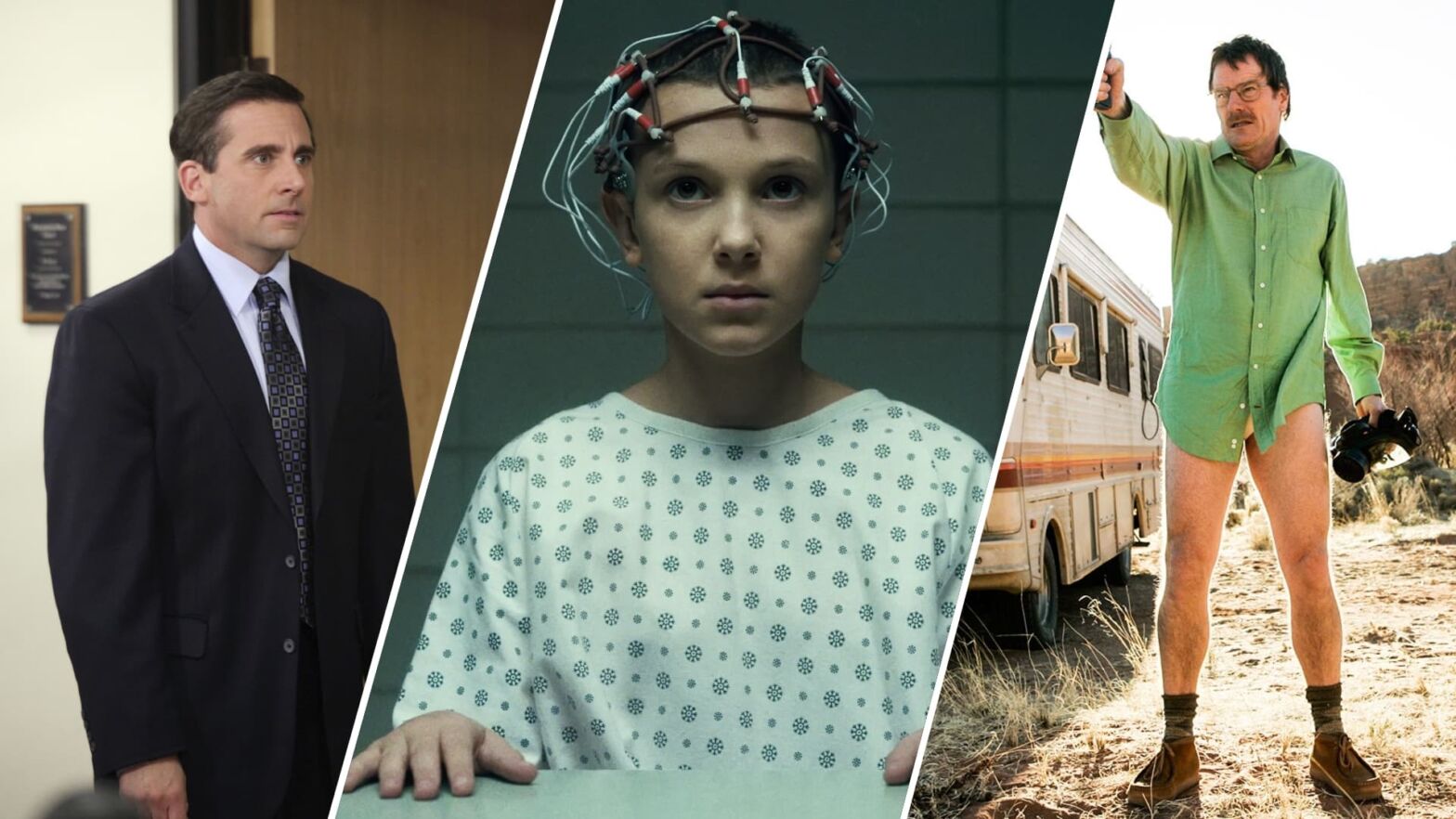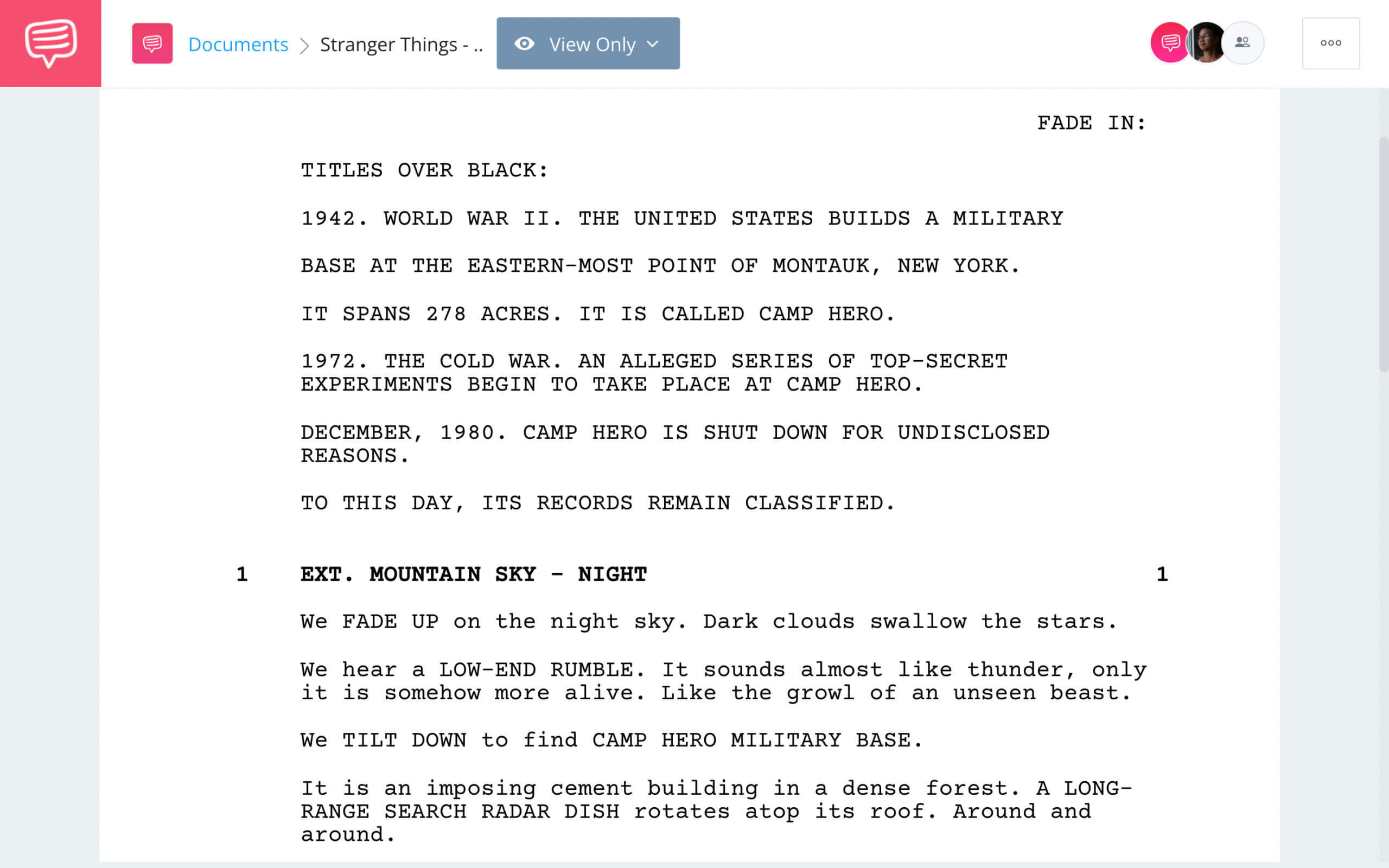Have you ever started a new show and changed the channel or switched to another show within the first few minutes? The show probably didn’t do enough to grab your attention. Cold opens can make or break an episode of a TV show. But what is a cold open and why do TV writers use them so frequently? In this article, we’ll take a look at a few of the best cold opens to answer those questions and more.
STARTING WITH A BANG
What does cold open mean?
Cold opens can be found in every genre of television. But they all are used to serve the same purpose. To understand this purpose, we must first answer a few questions: "What does a cold open mean?" and "Why is it called a cold open in the first place?"
COLD OPEN DEFINITION
What is a cold open?
A cold open is the first scene of a television show begins before the title card or opening credits. Cold opens, also called “cold openings” or “teasers,” help establish the tone, world, and characters of a television show. But the most obvious purpose of this tactic is to grab the audience's attention as soon as possible. On television, the previous show's final scene ends and then we instantly switch to the first scene of the next show. No commercial break and no titles or credits to interrupt or distract the viewer.
What is a cold open used for?
- Capture the audience’s attention
- Establish the tone and world of a TV show
- Entice an audience to continue watching
what is a cold open in tv
The purpose of cold openings
Cold openings can be used for different genres of television from comedic sitcoms to dramatic thrillers. No matter what genre they are used in, they all aim to capture the audience’s attention. The first few minutes of a television show or script can make or break the whole episode. Quickly engaging the audience sets up the rest of the episode for success.
Let’s take, for example, the opening of the pilot episode of Stranger Things. The first few minutes of the show are able to accomplish multiple things at the same time. They immediately engage the audience while simultaneously establishing the mood of the show.
Here's the original Stranger Things pilot script, which we imported into StudioBinder's screenwriting software. This script is a bit different than the final episode but it still begins with a similar opening scene.
The opening moments of Stranger Things • Read the Entire Cold Open
Now, here's what aired in the final episode. In this video, you'll see the first eight minutes of the show with the opening credits coming right after everything we see.
Stranger Things • The First 8 Minutes
This is a great example of how jumping straight into a show, especially the pilot, can be such an effective technique. We get our first glimpse (or lack thereof) of the threat and we are introduced to our protagonists. In other words, all the main ingredients giving us a preview of exactly what this show is going to be all about.
The cold opening of Stranger Things’ pilot episode contributed to the success of the entire season. While cold openings can be used in any type of episode of a television show, they are perhaps most important in a show’s pilot episode.
Related Posts
what does cold open mean?
Cold openings in dramatic pilots
Before a pilot makes it on the screen or even to production, a pilot screenplay must be approved. Learning how to write a pilot script is not an easy task. But a fundamental tip to remember is that the first few pages of a pilot script can make or break its success. If the first few pages are boring, odds are very low that the executive reading it will keep reading till the end.
It doesn't matter if the pilot has a great ending or great character development. If the first few pages don’t work, no one will read the last pages of the script.
In this video analysis, we break down the iconic pilot episode of Breaking Bad and how from the very first shot and very first page, we are immediately engaged and curious as to what will happen next. Take a look at how the cold opening of Breaking Bad’s pilot sets the rest of the episode up for success.
How to Write a TV Show Pilot Script That Sells • Subscribe on YouTube
Once a pilot sells and is produced, every episode after that still has to earn an audience’s attention. This is especially true in the genre of comedy and sitcoms.
For more, make sure to check out our TV Writing and Development Masterclass, including episodes on Character Development and Show Bibles.
best cold opens
Cold openings in sitcoms
Funny is money. And when it comes to sitcoms, audiences can be quick to change the channel if the first few minutes don’t evoke a laugh or two. This is why sitcoms rely so heavily on the cold open. Most sitcoms don’t even open with an opening title sequence or intro, but rather a cold open that is meant to do one thing — make the audience laugh.
The cold open in a sitcom often has little or nothing to do with the episode's main plot. Rather, it is treated as an independent slot designed to tell a joke. Take a look at a few of television’s funniest cold opens and note how quick they grab your attention and get a laugh.
TOP 10 Cold Opens • Comedy Bites
Television lives and dies on the attention of the audience. Cold opens are one of the best tools TV writers have at capturing the audience’s attention right away. Nailing an episode’s opening minutes is crucial. Because once you’ve lost your audience’s attention, gaining it back will be ten times harder.
Writing a great cold open that rolls into a great story is a sure fire way at keeping an audience engaged from start to finish.
Related Posts
UP NEXT
Masterclass on Writing a TV Pilot Script
Writing a great cold open is an important part of writing a successful TV pilot, but it is only one part. To understand all that goes into making a great TV pilot script, check out our TV writing and development masterclass in which we breakdown every step of the TV writing process.
Up Next: Writing a TV Pilot →
Showcase your vision with elegant shot lists and storyboards.
Create robust and customizable shot lists. Upload images to make storyboards and slideshows.

